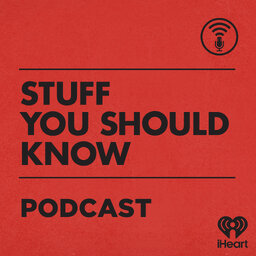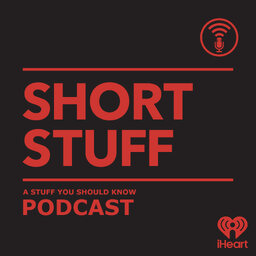How Hydropower Works
Humans have been stealing energy from flowing water for at least two thousand years. It wasn’t until the advent of electricity that things really got cookin’. All we need to do now is to work out the harmful environmental impacts of this green energy.
Learn more about your ad-choices at https://www.iheartpodcastnetwork.com
 Stuff You Should Know
Stuff You Should Know


